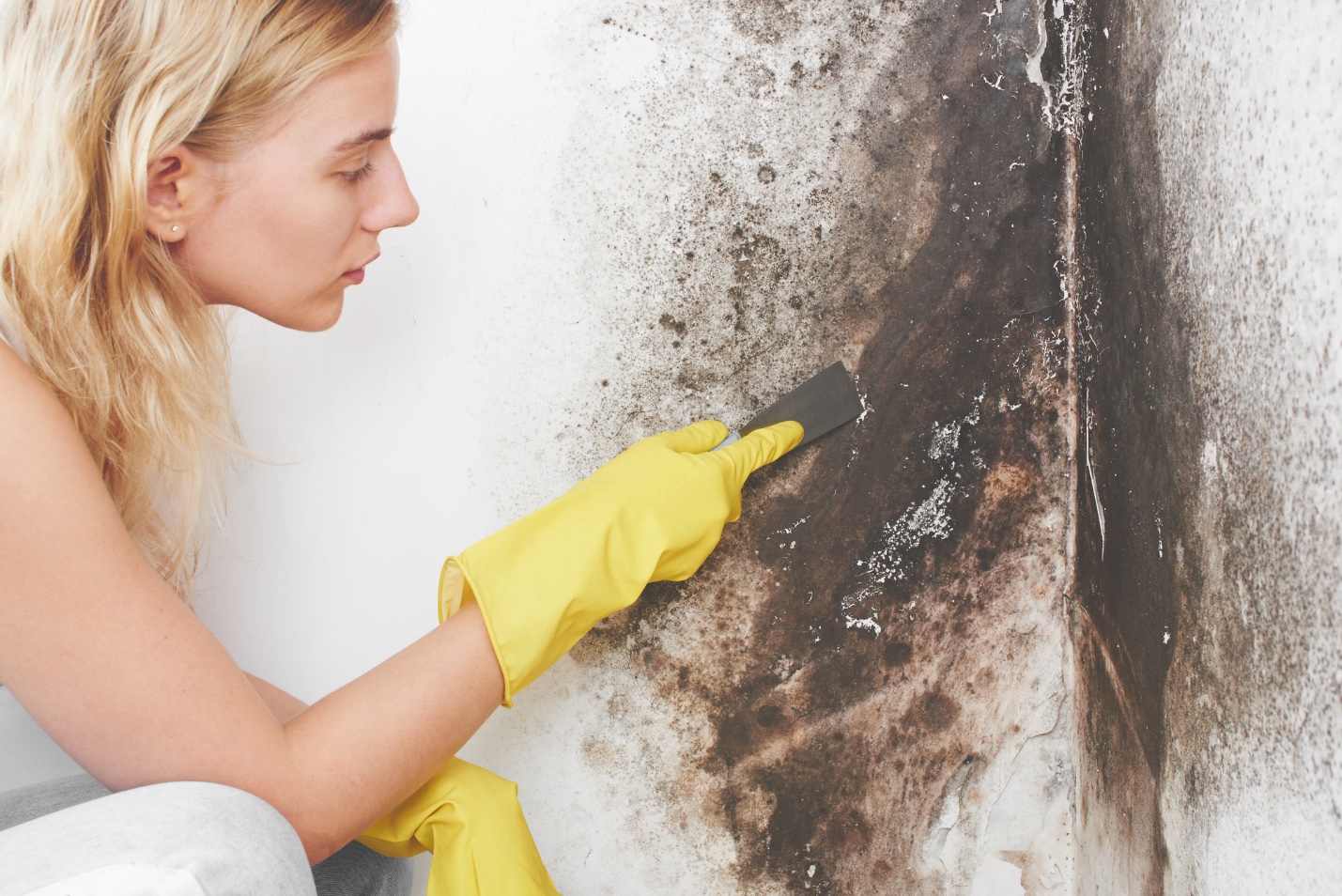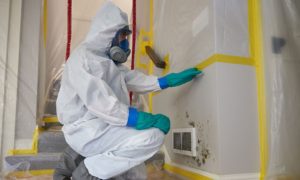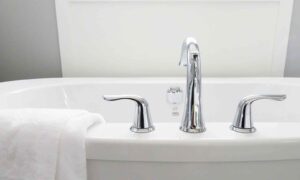When Jane moved from South Carolina to Allentown, Pennsylvania, in early 2019, she couldn’t believe her luck. She found a fantastic cottage that’s less than an hour to work, complete with wineries and lush forests. The rent was definitely within her price range, and it was her dream home for her family. She was about to start a family, and she is ready for anything.
If you feel like watching a horror movie about families moving to a cabin in the forest, you’re not far from the truth.
Things Start Changing
The first night Jane had moved in, she noticed that the heating got weird. The feeling is that of warm tropical and humid air that left the occupants sweating. The water begins to condense its way to the windows and pour down into the pains.
Another thing was that since there’s moisture, mold blooms began to flower on the frames of the windows and walls. Jane’s husband went down to the basement, where he found rusted ducts with a heater attached to them. It’s a kind of contraception in the 1940s that is stagnant with water. They turned this heater off.
The problems have stopped with the mold, and the couple decided to replace the heating system. A daughter was born, and the vents and old ducts were repaired for the baby. However, in November, rains start pattering on the roofs. The baby girl became wheezy and sickly. Their doctor dismissed their concerns about respiratory issues even if the baby is constantly having chest gurgles and snotty noses. Soon enough, Jane’s daughter needed inhalers.
It was when the snotty nose turned into pneumonia, and Jane wondered whether there’s a chance that her dream home is making her baby sick. Read more about this hidden health problem on this site here.
Mold Season in the US
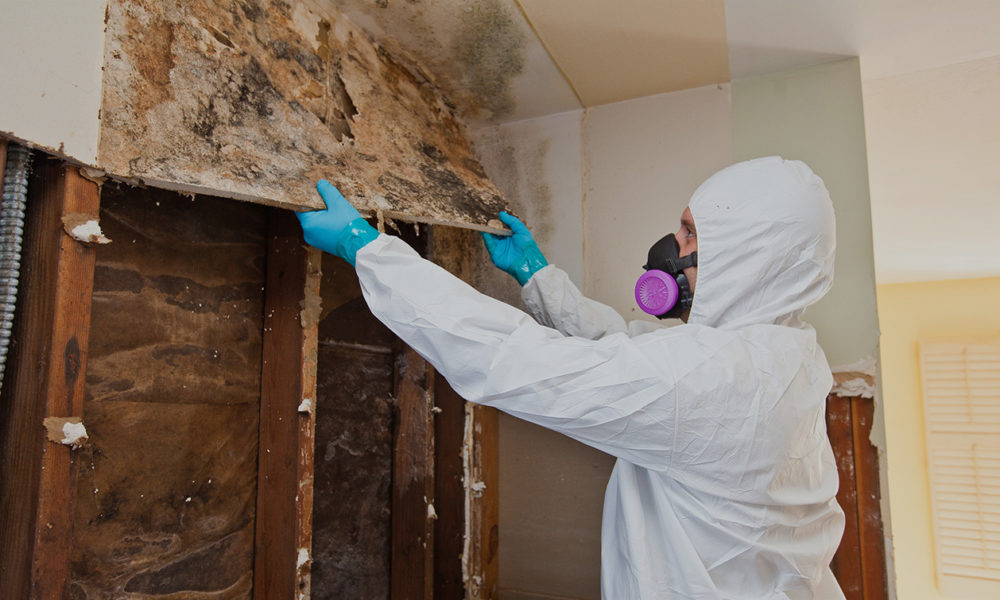
The mold season is plenty in many parts of the US, and homeowners in Allentown often experience them. With the pandemic today, people are forced to stay inside their homes to prevent getting viruses. Terrifying tales of mold invasion are plenty on the internet, and others begin to wonder how dangerous are they really? At what point do they need an expert to handle the growth?
Fortunately, there’s good news. According to Cranfield University’s mycologist, Naresh Magan, D.Sc., people are constantly breathing “thick soups” of fungi, viruses, bacteria, microbes, and their byproducts. The body has over 500 million years to adapt and cope with the air contaminants around us.
Still, for other people, the trouble comes when mold season is around, and the warm weather triggers its spore release. Mold spores tend to colonize your living areas. Other usual suspects are Cladosporium, aspergillus, Alternaria, and Penicillium. Read an article about the Penicillium in this link: https://mycology.adelaide.edu.au/descriptions/hyphomycetes/penicillium/.
Demystifying Features of Mold
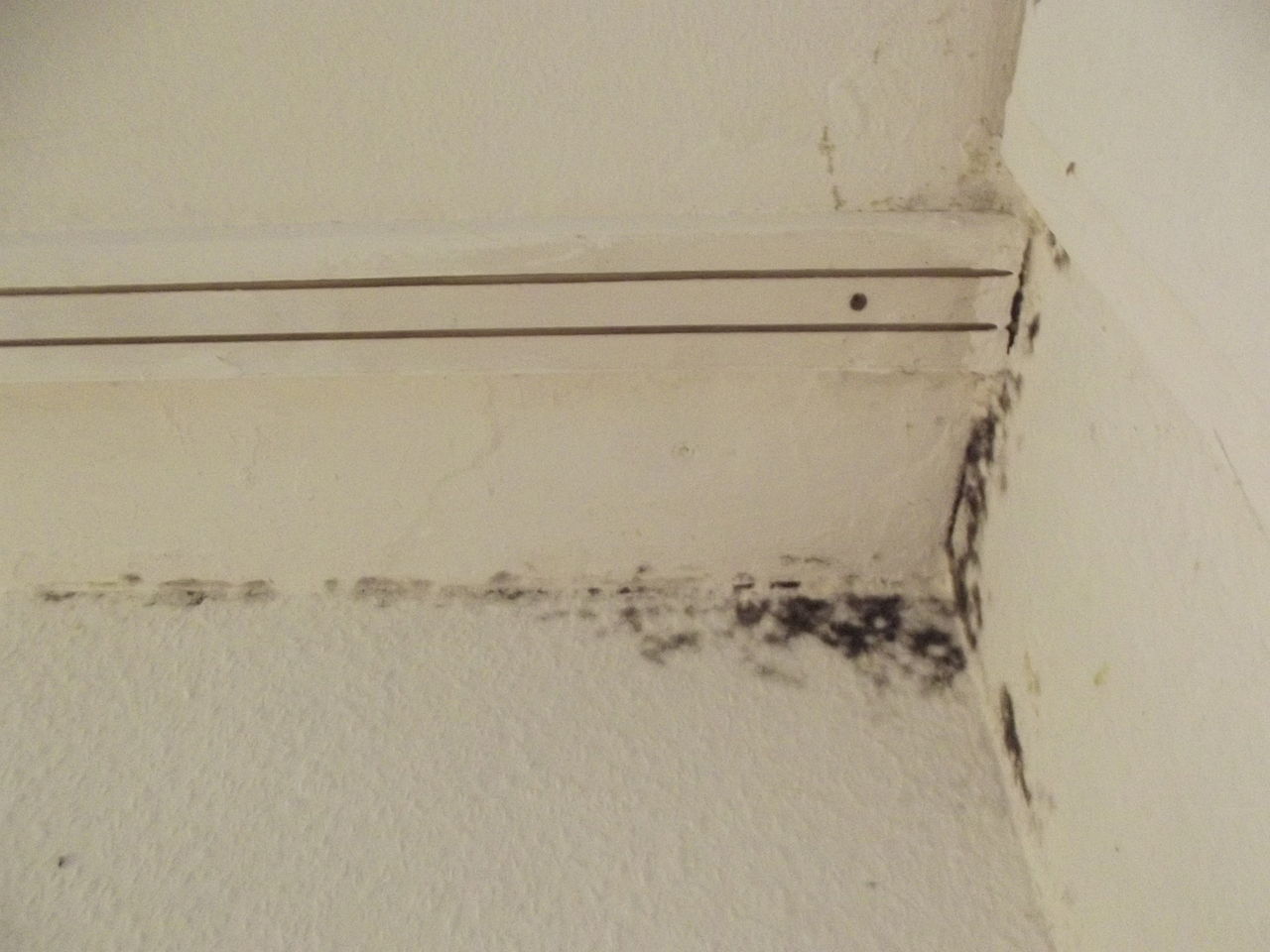
The spores stick to a lot of surfaces, especially in warm weather. When they are undisturbed, they can extend their tendrils to all surfaces of your home and turn them into food. You can find them in paint, ceiling tiles, soil, dust, rubber, carpet, and more, and you just have to add water, and they can flourish.
This fungal activity has adverse effects on one’s health. If your immune system is not strong enough to fight them, the wood will colonize your lungs and treat you like wood paneling or ceiling tiles. This is common for people who have just a recent organ transplant or are undergoing chemotherapy. However, this is an infection that’s common in hospitals and not homes.
Some may have an overactive immune system and mount an all attack when they are confronted with protein spikes from mold filaments and spores. These filaments land on the nose, eyes, and mouth, and they are the ones causing coughing, sneezing, itching, allergies, and asthma.
For most people, the symptoms stop when they leave the room with mold. However, the experts estimate that about 5 to 10% of the population tends to be more sensitive than others. When your body inhales the spores more often, they will recognize these substances almost immediately, and they tend to mount some aggressive response to them even if they are exposed to the faintest of traces. This is known as fungal asthma.
Resistance and Measures
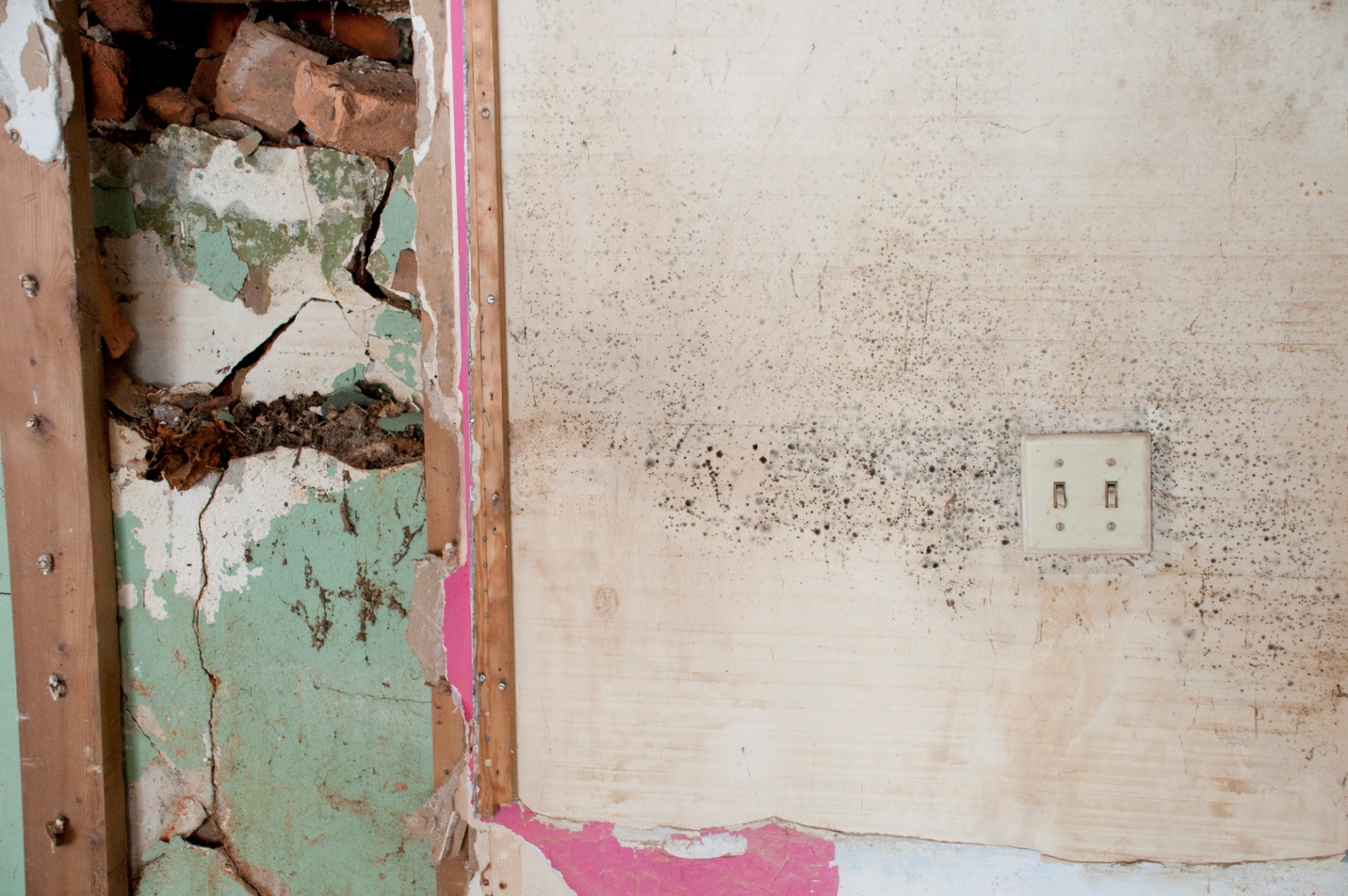
Initially, Jane’s landlord told her to spray and pray. However, the EPA is often against the use of any bleach because they are effective, and the fumes are dangerous. Bleach works on non-porous surfaces but not drywall or wood.
The first thing to do is to check if there are leaks. Make sure that all the water supply is stopped. Kill the mold with bleach, detergent, and vinegar. If you want a more long-term or even permanent solution, you can check out AirCareOnline.com and learn more about the services that will safely remove mold. The experts in PA can also give you tips on how to prevent the molds from coming back.
Home Remedies May Not Work
Jane tried the home remedy that she saw on the internet about an indoor mold test, and it raised more questions than it answered. For one, she doesn’t know how to interpret the results. She also tried to do home remedies and has no idea about the genome of the mold she’s dealing with.
This can be the right time to contact the industry experts. Some of the products in the market are not backed by science, and they may be fake. Reputable remediators may be the answer. What Jane did was to move the baby into a temporary Airbnb for two weeks.
As the temperature outside begins to drop, there’s the mold-bearing condensation that can happen at night which Jane saw on her windows. She decided to call the trusted specialists in Allentown that offer warranties. The situation may be worse if you have a cabin made of wood, and they may suggest the use of dehumidifiers.
Eventually, these problems can be taken care of. Other people have said that some of their pipes need replacement and the leaks are what causing the spores to reproduce. If this is the case, it’s better to tackle the problem from the root cause and ensure that they don’t increase as much as possible. Control their activities by hiring professional exterminators who can do the job well.


